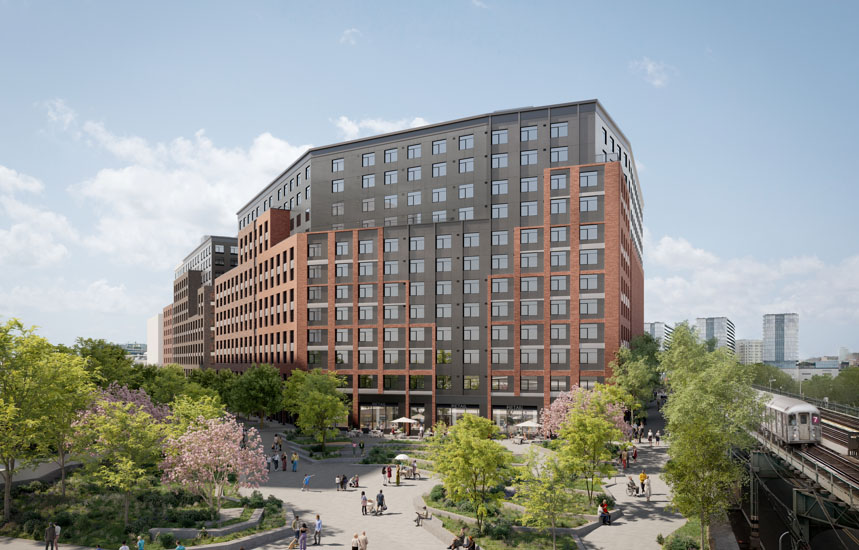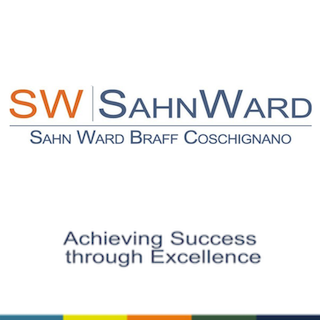News:
Owners Developers & Managers
Posted: June 8, 2009
Precast concrete: A key component for sustainable construction
There's little doubt that green building is here to stay. In 2009 and beyond, the use of building practices that are mindful of the environment will continue to gain momentum.
Architects, builders and developers have long recognized that precast concrete has distinct advantages. But as the issue of sustainability becomes a higher priority, the building industry has taken note of precast concrete's wider-ranging and longer-lasting benefits.
Sustainability
Sustainability can be defined as the condition in which the needs of today are adequately met without jeopardizing the needs of tomorrow. Considerations of sustainability have become an integral part of all development in the United States.
The challenge for the construction industry has been to find a method or material that combines the adequate stewardship of resources with an economic incentive to builders and owners.
The environmental impact of precast
There are several key reasons why the use of precast concrete to achieve sustainability will continue to proliferate the industry:
Construction: Precast concrete also offers a quieter, cleaner, shorter construction period. Erecting precast components results in less waste and debris on a jobsite than other commonly used building systems. In addition, fewer trucks are required to deliver large precast components and the building process is faster, which can result in energy savings.
LEED support: Incorporating precast concrete into a building's design can contribute to as many as 26 points required for LEED certification. Precast concrete has the potential to help earn points in a range of categories: reducing the "heat island effect," maximizing energy efficiency, management of construction waste, use of regional materials, and more.
Energy efficiency: Precast concrete contributes to a building's thermal mass, which improves a building's energy efficiency. In fact, thermal mass in exterior walls can reduce a building's peak energy load, which leads to lower utility bills. In addition, some owners find that, by selecting precast concrete, they can opt for smaller, less-expensive HVAC systems.
Durability: Precast concrete panels offer exceptional long-term durability, which reduces long-term maintenance costs and extend the life-cycle of a building. Precast offers resistance to damage from fires, insects, wind and floods. In addition, a building owner can completely refurbish the interior of a precast concrete structure while leaving the shell intact, which provides a level of flexibility.
Indoor air quality: When volatile organic compounds (VOCs) off-gas from any source - furniture, carpet or some building materials, for example - they can reduce a building's indoor air quality and adversely affect the health of occupants. Precast concrete contains low to negligible amounts of VOCs, thereby contributing to a healthier indoor environment.
Manufacturing: Precast concrete producers have developed an environmentally friendly production process. For example, the solid waste from manufacturing precast is only about 2.5% of the mass concrete used in production. However, producers capture and recycle 95% of that solid waste, resulting in actual waste of about one-tenth of one percent.
An ongoing trend
As we move further into the 21st century, and as the building industry gives more careful and meaningful consideration to the needs of the future, there's little doubt that we will continue to see precast concrete specified for widening range of applications.
Setting the Example - New Paperless Initiative
In an effort to streamline and improve communications with design and construction industry professionals, reduce costs and its environmental impact, The Precast/Prestressed Concrete Institute of the Northeast (PCINE) is implementing a paperless "E-nitiative Program." The association is proactively working towards discontinuing regular printed materials and mailings, while simultaneously increasing the quality, quantity and accessibility of the information, education and training resources it provides to the design and construction community via their web site. Industry professionals are invited to take advantage of online resources such as AIA Box Lunch Seminars, webinars and education, news, project case studies, and other design resources. While on the PCINE web site, www.pcine.org, visitors may quickly and easily sign up for the new "E-nitiative Program," which will enable subscribers to receive periodic e-mail communications, announcements, news items and enhanced industry content of interest, greatly reducing the amount of paper and mail.
Rita Seraderian, P.E., is executive director of Precast/Prestressed Concrete Institute Northeast (PCINE), Belmont, Mass.
MORE FROM Owners Developers & Managers
Related Cos. and Sterling Equities open housing lottery for Willets Point Commons
Queens, NY Queens Development Group (QDG) – a joint venture between Related Companies and Sterling Equities – in partnership with the New York City Department of Housing Preservation & Development

Quick Hits
Columns and Thought Leadership

Strategies for turning around COVID-distressed properties - by Carmelo Milio
Due to the ongoing pandemic, many landlords are faced with an increasing number of distressed properties. The dramatic increase in unemployment and reduction in income for so many has led to a mass exodus out of Manhattan, an increase in the number of empty rental units

The CRE content gap: Why owners and brokers need better digital narratives in 2026 - by Kimberly Zar Bloorian
As we head into 2026, one thing is clear: deals aren’t won by who has the best asset; they’re won by who presents it best. Yet many owners, operators, and brokers are entering the new year with outdated photos, inconsistent branding, and limited digital presence. This






.gif)

.gif)
.jpg)
.gif)